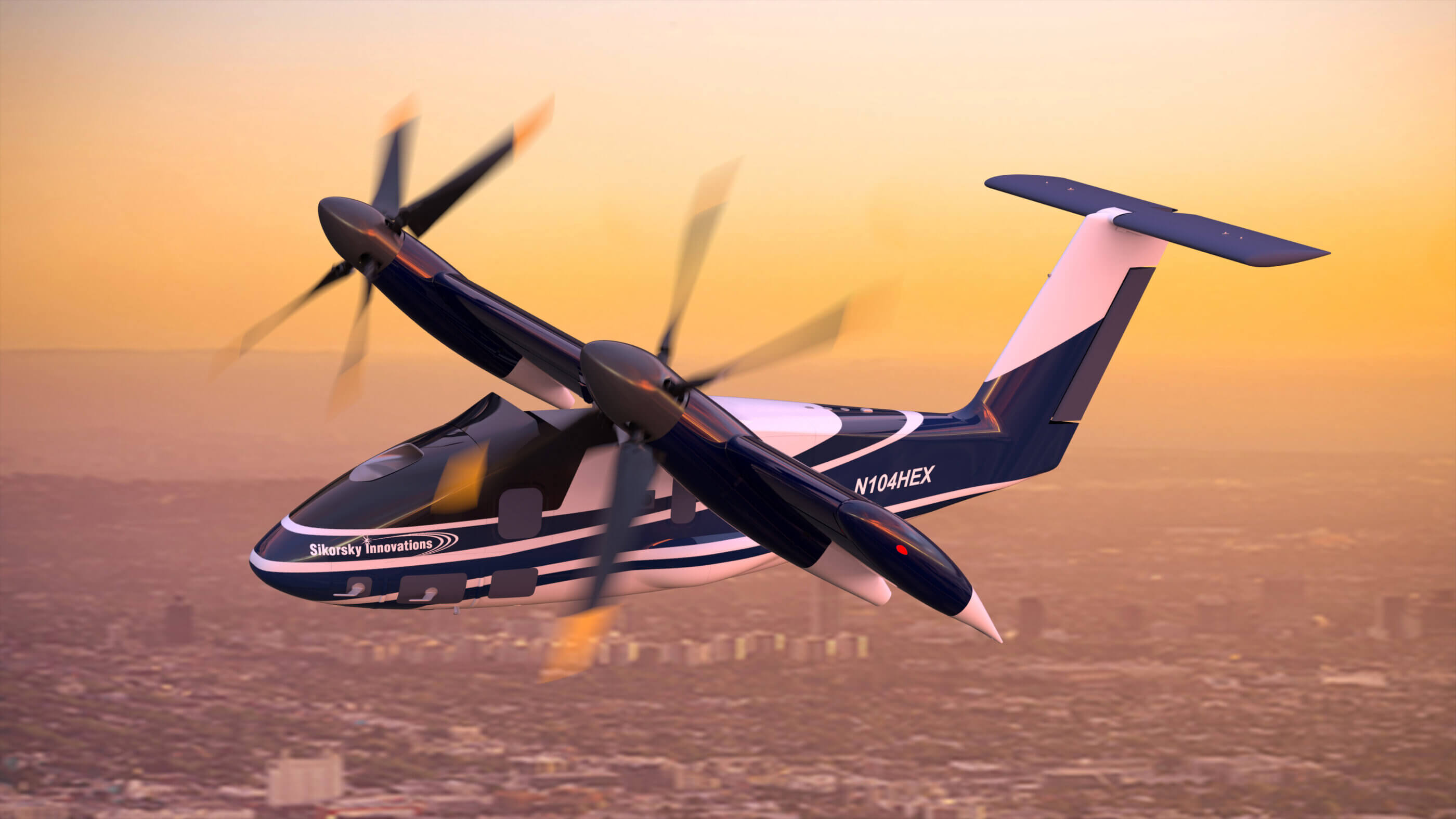Pilot Fighter
Well-Known Member
Assuming it has a good safety record, no reason why not?
Big difference: the whole nacelle doesn’t pivot on the 280. Curious about that from the engineering side.
I was thinking readiness more than safety. That said, we don’t have a meaningful safety record until it’s been operational for awhile.
I would think the pivoting nacelle would be a easier from an engineering standpoint.

